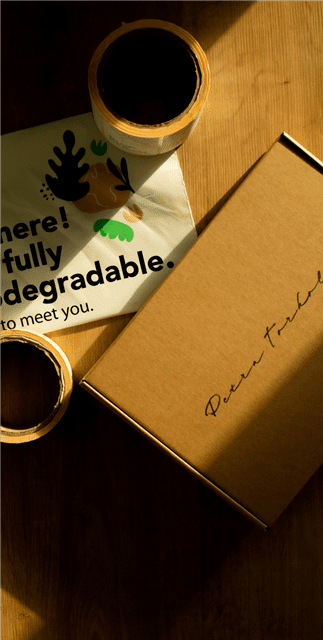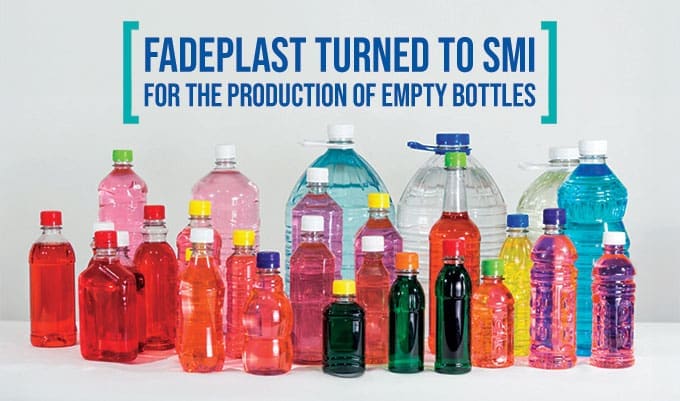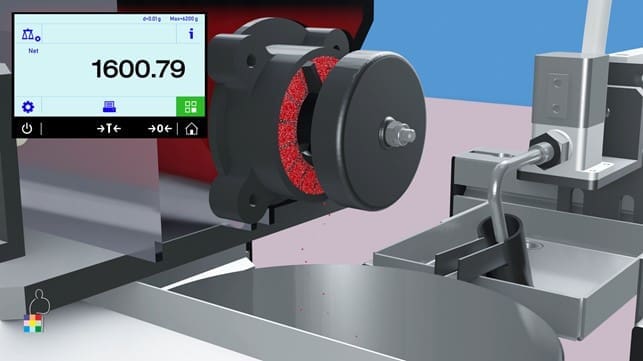
The circular economy is the concept underlying sustainability, which is making considerable headway in the ambit of packaging. The choice of materials and recycling options determines the systemic impact of a product. More than ever before, ‘circular’ is the optimal choice for eco design.
The concept is simple enough for a child to grasp: if the material chosen to make a product (packaging in our case) could be reutilized in another form – think infinitely recyclable aluminium, for instance – our planet would not need to produce huge quantities of raw materials. We would simply reuse those we have.
But it’s easier said than done …
In fact, the concept of circular economy is by no means a new one. It emerged in the 60’s and 70’s without ever being integrated in company policies or in the economic strategies of the various States.

Today, in the wake of a combination of factors, comprising that of a rising population, an ever-increasing demand for raw materials, which are becoming more and more scarce, and the development of some highly populated countries, the economic model is being reconsidered in the light of transiting from linearity to circularity.
The processes involved in extracting and using raw materials have a significant environmental impact, without mentioning energy consumption and CO2 emissions deriving from a more intense production. The linear economic model, based on the availability of great quantities of resources and energy, has had its day and must be replaced.
Towards a circular economy, also in the ambit of packaging
In view of the above considerations, it has become necessary to make the transition from a linear to a circular economy, based on a model that is able to exploit every opportunity to limit the unnecessary utilization of incoming materials and energy and to minimize waste and consumption throughout all phases of the production process: from planning to production and consumption, until the end of product life and recycling.
So, sustainability has become a crucial issue for the packaging industry too. Starting from the design phase, each step must consider the question of environmental impact, first and foremost the choice of materials.
Eco-sustainable and circular packaging depends on renewable, natural or recycled materials that may be reutilized several times, or even infinitely. In a way, the concept of sustainability tout court has been surpassed by that of circularity and even goes as far as embracing new horizons.
The impact of circularity on companies
Demand changes and products follow suit. Even though the health emergency has temporarily altered the perception of consumers, who consider packaged products safer, the trend in favour of green choices continues to grow.
Hence, with the consumer laying down the law in terms of sustainability and companies ready to respond to this pro-environmental requirement, the packaging industry is experiencing a period of great transformation, dictated by European legislation that sets increasingly ambitious goals in terms of packaging recyclability.

A recent survey conducted by the independent international institution DNV (Det Norske Veritas), a provider of certification and inspection services that operates to “safeguard life, property and the environment”, has analyzed the approach of companies to the topic of circular economy.
The survey, carried out on a sample of 793 companies in Europe, America and Asia, reveals the extent to which the focus on the circular economy is becoming more and more widespread, also in response to governmental and consumer pressure.
The survey results are eloquent: more than 43% of companies operating in the food industry are evaluating the integration of the Circular Economy in their company strategies, mainly due to their desire to optimize operational processes and resources (63.2%).
More than half of them (51%) are doing so to enhance their reputation and, in view of the growing awareness of consumers, also in the interests of customer loyalty (38%).
It also emerges from the survey that one of the most significant objectives of the Circular Economy in the food industry is that of using predictive models to prevent food waste and promote the circular management of packaging. Speak of the devil…
Eco design and material choices
To achieve the objective of circularity, it is essential to take the necessary measures starting from the phase of packaging design. In this respect, a most important role is performed by eco design, which gives priority in the design phase to the use of compostable materials, which return to the earth in a natural cycle, or may be recovered for reuse.

Eco design is a fast-evolving activity, aimed at reducing waste, monitoring energy consumption and emissions, recycling and reutilization. It certainly puts the accent on certain essential criteria for achieving the circularity objective in the shortest possible time.
The first of these is recyclability, which implies the choice of raw materials that are extracted responsibly with the lowest possible consumption of water and energy resources.
Plastic materials are under fire: to adopt the new green philosophy, many companies are choosing to replace them with new materials made from biodegradable and compostable substances. However, their replacement has certain limits… it is not as easy as it might seem.
To achieve circularity, it is of primary importance to enable a simple separation of packaging materials, in order to facilitate a correct differentiated waste collection. It is also important to focus on the quantity of materials used, which carries a twofold advantage: lower material costs, for sure, and a reduction in the volume of packaging which, in its turn, has a positive impact on logistic and transport costs.
It is essential for the choice of raw materials to be oriented towards renewables, such as wood, metals, plant-based or compostable fabrics. Then, if the packaging may also be reutilized, such as certain types of glass jars, boxes, and tins – its lifecycle is extended and prevents further purchases that inevitably impact the economy of materials.
Last but not least, smart labels: QR codes, eco-sustainable inks, compostable glues, reusable materials.
The road to a green and circular packaging
Packaging sustainability is a complex and increasingly topical issue, which cannot be confined to environmental considerations.
It requires all operators of the supply chain, from labelling companies to producers, and consumers themselves, to reflect as one and identify univocal solutions. We have already taken the road leading to a green economy, and it is no longer possible to turn back.




